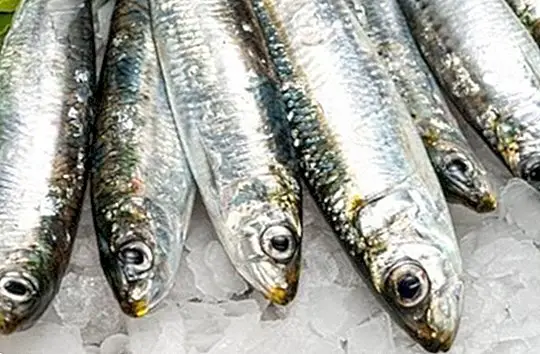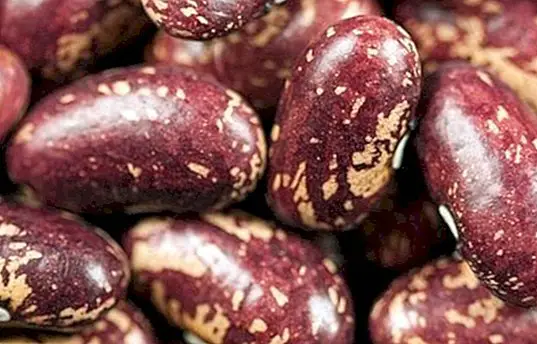What is the origin of the Magi? Its traditional history
The day December 25th The birth of Jesus of Nazareth is celebrated throughout the western world, thus beginning the Christmas period. However, over the last decades we have witnessed as other religious traditions have begun to have a rooting more than remarkable in our society.
On this occasion we refer to the holiday of Three Wise Men, a denomination that they received the priests who came from the Far East to pay tribute with small amounts of gold, incense and myrrh to that child born in Bethlehem.

Although it was not until New Testament, more specifically in the Gospel of Matthew when these were mentioned for the first time " wizards", That from the beginning were not magicians or kings. From the third century, it was when it was intuited that these three characters could carry the King's title due to gifts they carried and the presumptuousness of their clothes.
The story told in these evangelical writings tells that three magicians came from the Far East, crossing the entire Sinai desert guided by the Pole Star until finally they came to Jerusalem. It was there where they interviewed the king Herod the Great, to which they asked if the rumors were true that assured that the one who was already known was born "King of the Jews".
The three wise men: Melchor, Gaspar and Baltasar
And how did they receive the names by which the Three Wise Men are known nowadays? Surely many of you will ask. It would be necessary to go back to the 6th century when the names of Melchior Caspar and Balthazar appeared for the first time in the mosaic of San Apollinaire Nuovo in Ravenna.

Each of them represented the " three races "of the Middle Ages. First of all, there was Melchor, who was playing a leading role the Europeans. Next up was Baltasar who was a faithful portrait of Africans (hence his black complexion). And finally, there was Gaspar who was the one who looked like the Asians.
With the passage of time, this religious milestone began to acquire more relevance in the popular herald. In fact, January 6 is the day on which the one known as "Epiphany of the Lord" an ephemeris that is very important within the religious calendar. And that is celebrated in many countries through parades directed especially to the smallest.
Main traditions of the Magi: Cavalcade and roscón
In fact, Spain is one of the greatest exponents in the celebration of the Three Kings Day. From the 19th century, the tradition of giving gifts to children began, imitating what was done in the Anglo-Saxon countries with the festival of San Nicolás (or Santa Claus).
From then on, this celebration went away magnifying and acquiring more relevance until the night before of Three Kings (the January 5) began to celebrate a ride that was led by the Three Kings, who did not stop throwing candies and sweets from their impressive floats.
The first of them took place in the Alcoy village of Alcoy back in 1886. And from then on, this tradition began to spread through the rest of Spanish cities and even in some Spanish-speaking countries as Mexico, Argentina or Paraguay.

After this magical night , the children had to leave a pair of sweets in their shoes to give the Three Wise Men accompanied in addition to some bowls with water and milk for their camels. After this, if the children had behaved well, they received their coveted gifts. But if they had been bad, they received instead sweet black coal.
Also, during the festivity of January 6 it is very common to taste a Roscón de Reyes(which you can prepare with our recipe easy roscón de Reyes), a sweet made with candied fruit, yeast, sugar and egg filled with cream or chocolate in which its interior is a little surprise.
By way of summary, we can say that this is the whole tradition that surrounds the mysticism and magic of the Three Wise Men, a holiday that will surely remain very alive despite the passage of time. And it is a nice way to welcome the new year, surrounded by our friends and loved ones. ThemesChristmas


